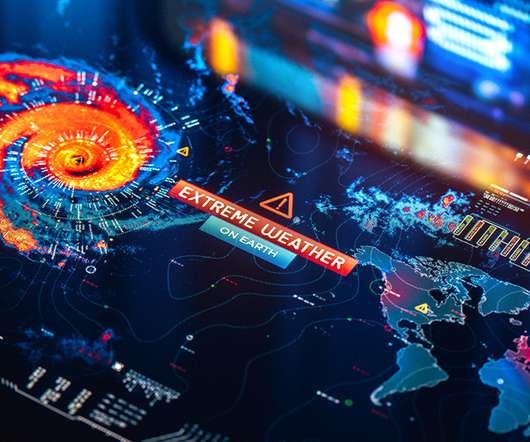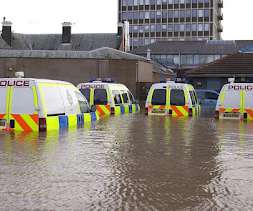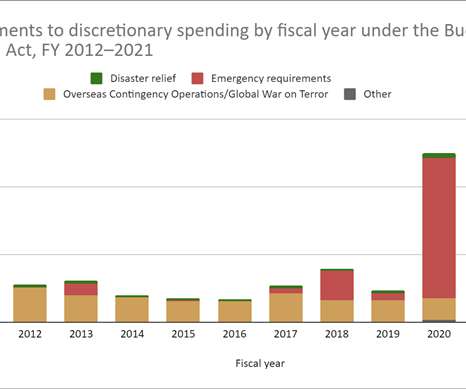Mitigating the Impact of Severe Weather
everbridge
MAY 13, 2022
As severe weather continues to threaten more people and cause greater harm, building resilience against natural hazards and climate threats is paramount: the time for governments and enterprises to act is now. The failure of transportation services amid the extreme cold event pushed authorities to call on military and rescue services.





















Let's personalize your content